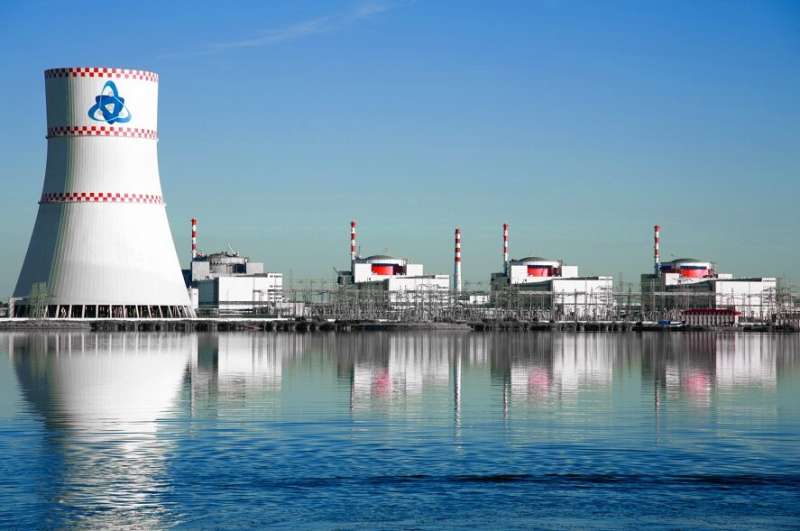Credit: rosatom.ru
Researchers at Tomsk Polytechnic University found a method to increase fuel lifetimes by 75%. According to the research team, it will significantly increase safety and reduce the operating cost of nuclear power plants in hard-to-reach areas. The study results were published in Nuclear Engineering and Design.
Previously, a team of researchers from the Russian Federal Nuclear Center—All-Russian Research Institute of Technical Physics, Tomsk Polytechnic University, and the Budker Institute of Nuclear Physics proposed the concept of a thorium hybrid reactor, where high-temperature plasma confined in a long magnetic trap is used to obtain additional neutrons. Unlike operating reactors, the proposed thorium hybrid reactor has moderate power, a relatively small size, high operational safety, and a low level of radioactive waste.
One of the biggest challenges for the development of remote areas, such as the Far North, is a stable energy supply. According to Tomsk researchers, often the only solution is to use low-power nuclear plants.
However, reactor refueling, one of the most hazardous and time-consuming procedures in nuclear energy, is a significant problem. "Reduction of refuel frequency will drastically improve operational safety. Furthermore, it reduces transportation costs of fresh fuel or a nuclear power plant to a transshipment site," Vladimir Nesterov, associate professor of the TPU Division for Nuclear-Fuel Cycle, says.
The scientists carried out theoretical calculations proving the possibility of creating a thorium-based nuclear fuel cycle. Thorium is four times as abundant as uranium. Additionally, thorium fuel has a significantly higher regeneration intensity of fissile isotopes necessary for energy production.
"The achieved results can draw the attention of the scientific community to the potential of the thorium nuclear fuel cycle. We demonstrated that the implementation of this cycle in a low-power reactor installation results in increasing the fuel lifetime by 75%," the expert says.
In the future, researchers want to continue experiments in the verified software and carry out thermophysical calculations of low-power reactors operating in the thorium-uranium fuel cycle with subsequent implementation of the developed calculation methods in the educational process.
More information: Sergei V. Beliavskii et al, Effect of fuel nuclide composition on the fuel lifetime of reactor KLT-40S, Nuclear Engineering and Design (2020). DOI: 10.1016/j.nucengdes.2020.110524
Provided by Tomsk Polytechnic University























